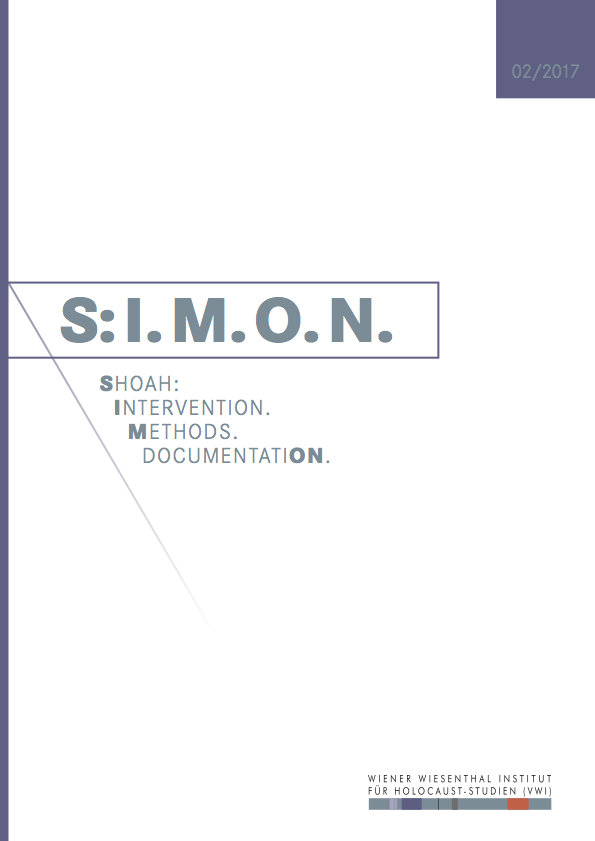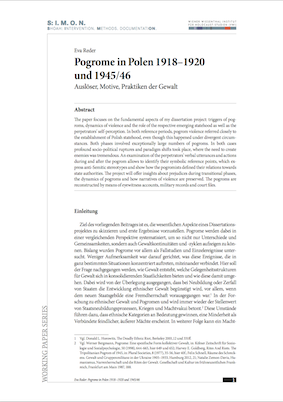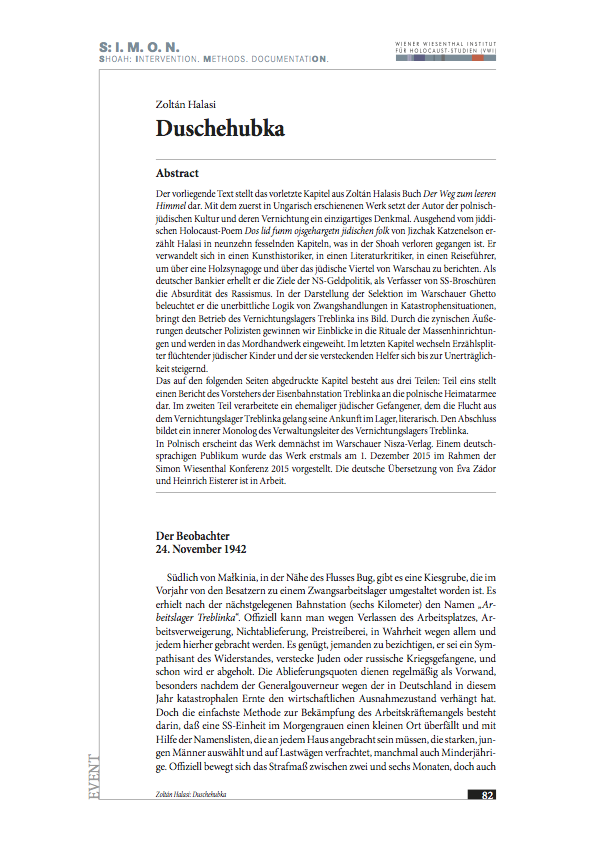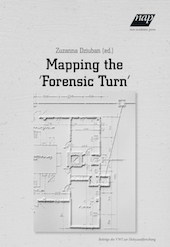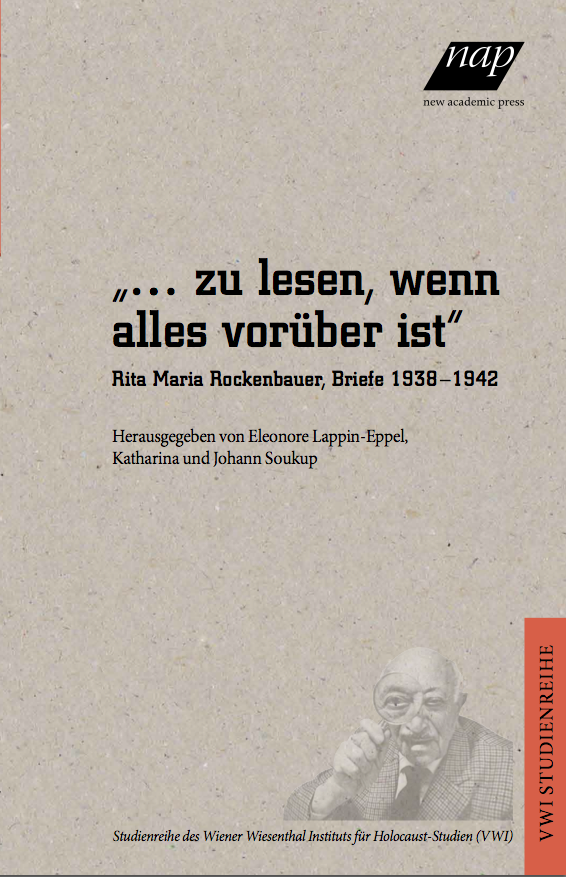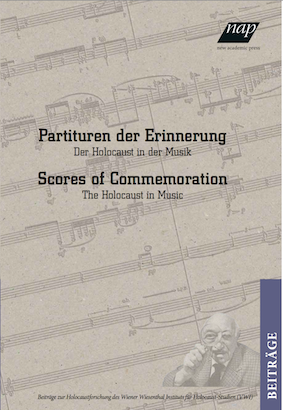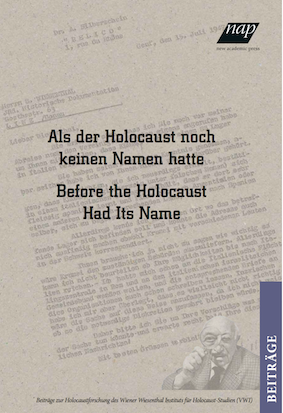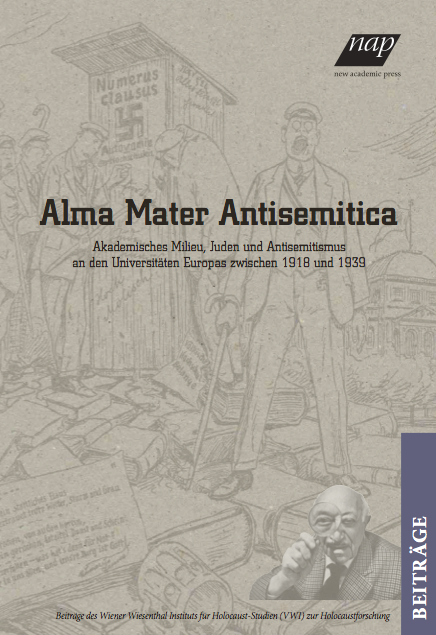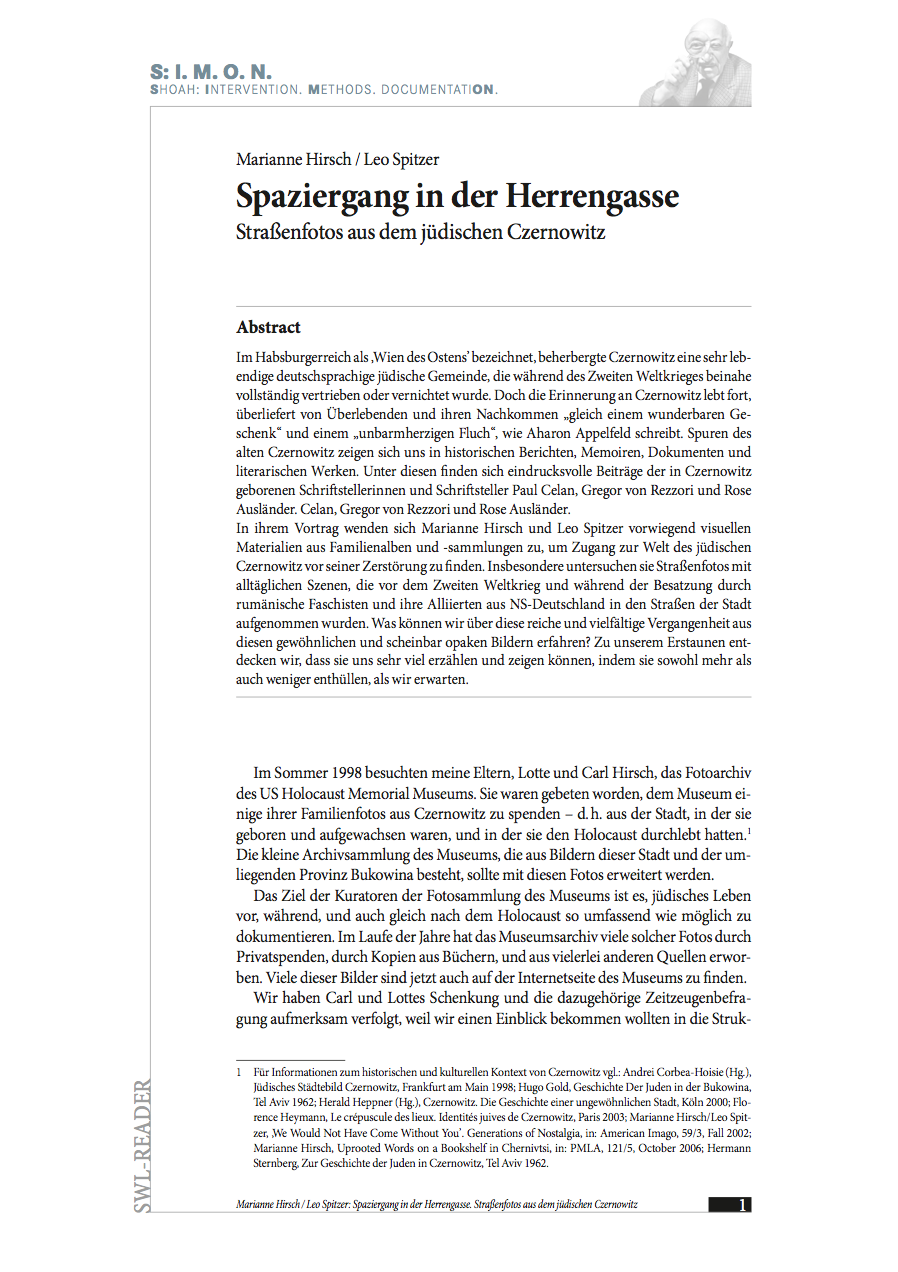 Czernowitz was the Habsburg Empire's „Vienna of the East“; it had a lively German-speaking Jewish community, almost all of whom were persecuted or murdered during the time of the Second World War. Yet the memory of Cernowitz lives on, passed on as it is by survivors and their descendants “like a wonderful present“ and a „relentless curse“, as noted by Aharon Appelfeld. We find evidence of old Cernowitz in historical reports, memoirs, documents and literary works. These include impressive contributions by Cernowitz-born writers.
Czernowitz was the Habsburg Empire's „Vienna of the East“; it had a lively German-speaking Jewish community, almost all of whom were persecuted or murdered during the time of the Second World War. Yet the memory of Cernowitz lives on, passed on as it is by survivors and their descendants “like a wonderful present“ and a „relentless curse“, as noted by Aharon Appelfeld. We find evidence of old Cernowitz in historical reports, memoirs, documents and literary works. These include impressive contributions by Cernowitz-born writers.
In their lecture, Marianne Hirsch and Leo Spitzer focussed primarily on materials from family albums and collections in order to tap into the world of Jewish Cernowitz before its destruction. In particular, they analysed street photographs depicting daily life which had been taken on the city's streets before the Second World War and during the occupation by Romanian fascists and their allies from Nazi Germany. What do these ordinary and apparently opaque images tell us about the rich and diverse past? We were astonished to discover that they tell and show us a lot in that they reveal both more and less than we had expected.


